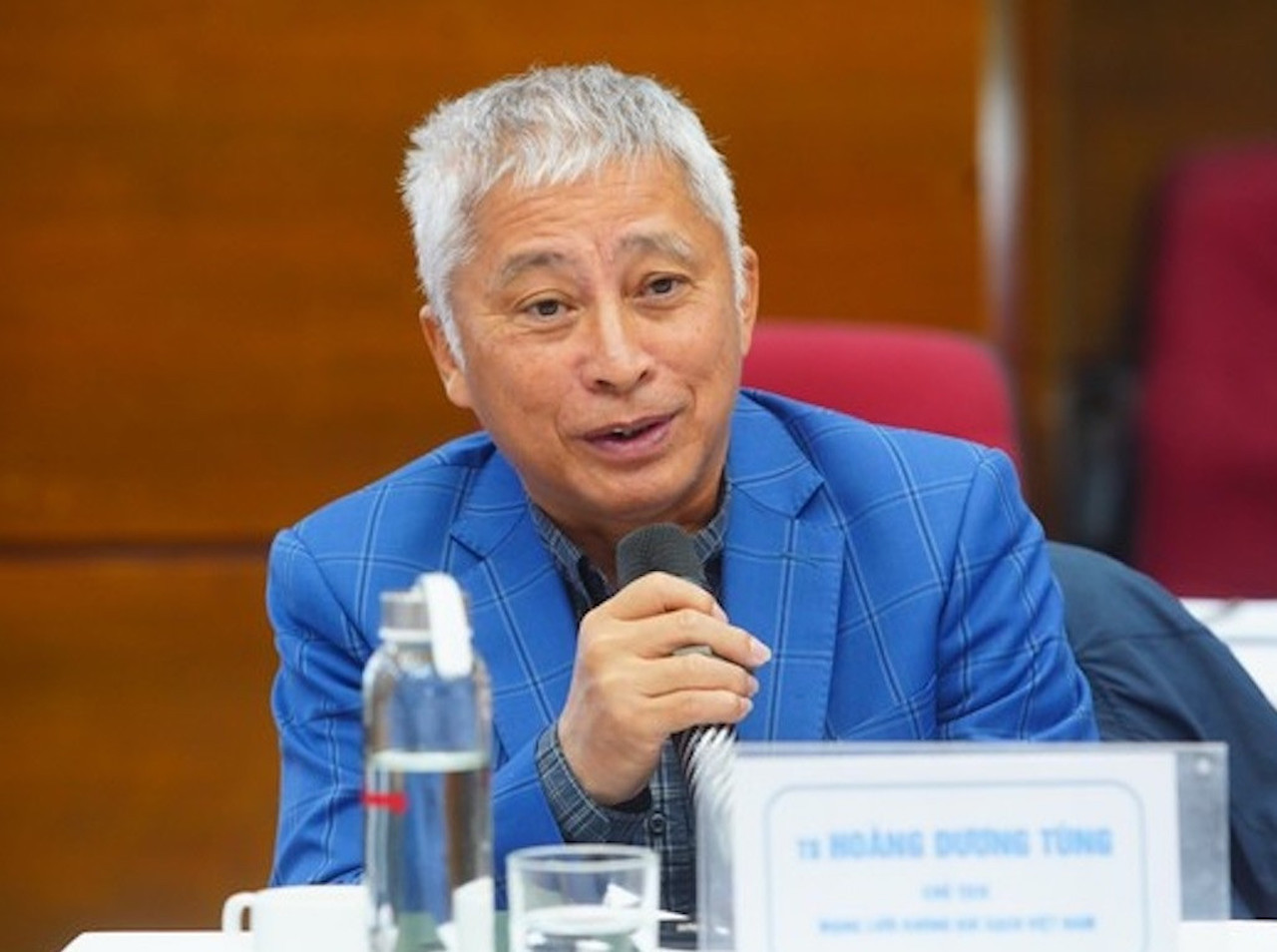To address Hanoi’s worsening air pollution, Dr. Hoang Duong Tung has proposed several measures, including expanding emission control beyond the capital to cover the entire metropolitan area.

Air pollution in Hanoi has significantly increased over the past decade. According to environmental monitoring data, pollution levels typically rise from October and persist until April of the following year.
Le Kim Thanh, Vice Chairman of the National Traffic Safety Committee, stated that 56-65% of air pollution in Hanoi originates from transportation activities. The city currently has around 1.2 million cars and nearly 8 million motorbikes, with 70% of these vehicles being more than 10 years old, producing substantial emissions.
To tackle air pollution, various ministries and agencies must support Hanoi in establishing stricter emission standards for cars and motorbikes and promptly implement emissions testing for motorbikes.
Comprehensive measures to combat pollution
Hanoi’s rapid economic growth has come with environmental consequences, including declining air quality across the region.
Depending on the season, PM2.5 dust emissions primarily come from transportation (58-74%, including road dust), followed by industrial sources (14-23%), agriculture (3.4-18.9%), and residential waste burning.
During a meeting on March 26 with the Hanoi People’s Committee, Deputy Prime Minister Tran Hong Ha instructed the Ministry of Agriculture and Environment, along with other local authorities in the metropolitan area, to draft and present a comprehensive plan to the Prime Minister to address air pollution.
Proposed solutions include relocating or shutting down heavily polluting facilities and introducing stricter emission standards for vehicles.
Pollution control needs to expand beyond the city

Speaking with VietNamNet, Dr. Hoang Duong Tung, Chairman of the Vietnam Clean Air Network, praised the proposed measures as practical and feasible. He emphasized that pollution is not static; it moves from one place to another. Therefore, Hanoi should not limit pollution control efforts to the city alone but should extend them across the entire metropolitan area.
“Many cement, steel, and industrial plants causing severe pollution are located in neighboring provinces. Limiting efforts to Hanoi alone will not suffice,” Dr. Tung noted.
Transportation and emission standards
Controlling emissions from vehicles is crucial, especially in urban areas. Hanoi is already piloting low-emission zones (LEZ) in the Hoan Kiem and Ba Dinh districts, where non-compliant cars and motorbikes are restricted or banned.
However, Dr. Tung believes that stricter emission standards for motorbikes are necessary, including promoting electric vehicles and limiting gasoline-powered ones, as seen in many developed countries. Hanoi has the legal framework to implement these changes under the Capital Law.
Monitoring construction and residential pollution
Apart from transportation, construction sites and recycling villages significantly contribute to air pollution. Dr. Tung recommended installing cameras at construction sites to monitor dust levels and mandating dust control measures, such as covering materials during transport. Additionally, traditional practices like burning straw and waste in rural areas need to be addressed.
“I have proposed to the city leadership that surveillance cameras be installed at construction sites to monitor dust emissions. Authorities must require construction projects to implement dust suppression and covering methods - measures that Hanoi can immediately enforce,” Dr. Tung said.
N. Huyen